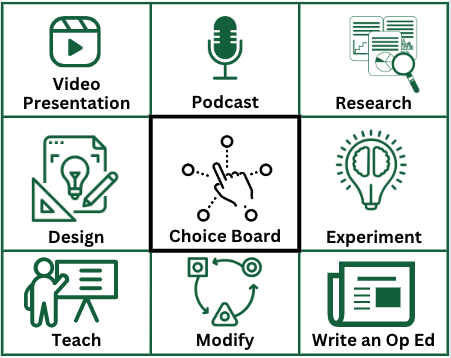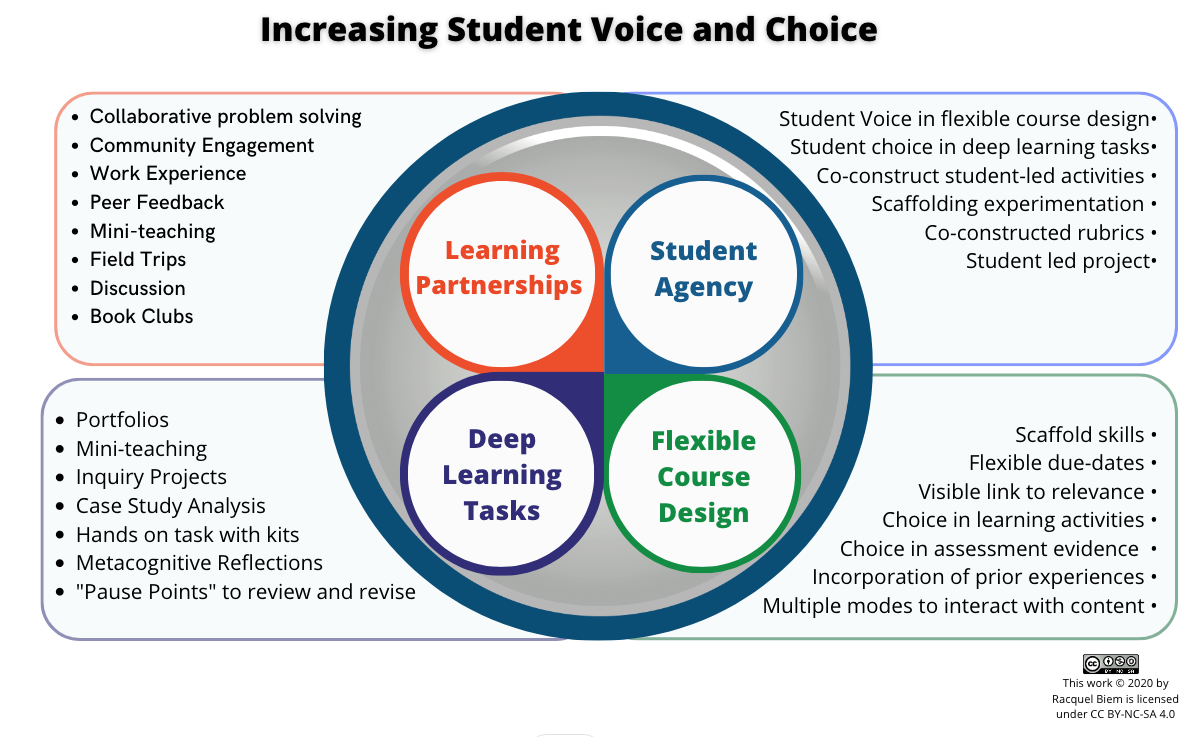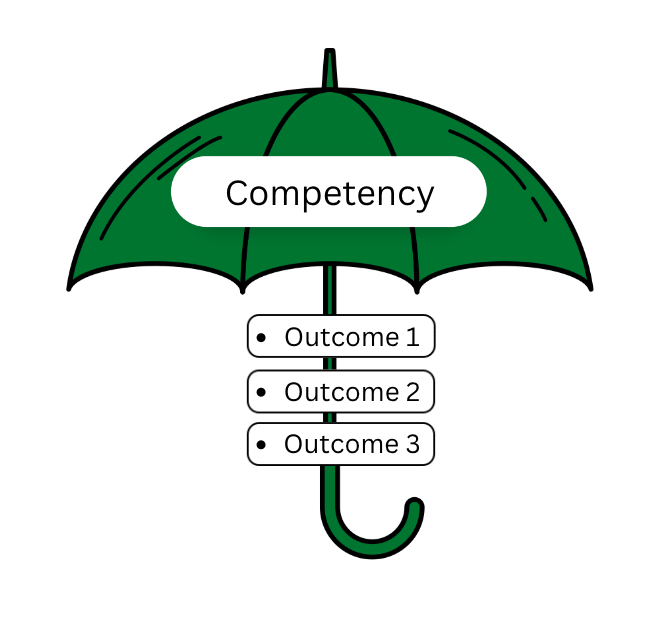SDG 3 Good Health and Well-Being – Embedding the Sustainable Development Goals in Learning
This blog post is part of a series around the 17 Sustainable Development Goals (SDGs). Each post will dive into one of the goals and how we as educators can strive to embed these into our own courses. It is in the author’s opinion that any course or class can connect with one of the 17 goals or 169 sub-targets. By providing this blog post series, we hope to elicit some ideas of how you might also integrate a global goal into your teaching. Please refer to the USask SDG Teaching & Learning Workbook, review the USask Sustainability in the Curricula website, or scroll down for more information about the SDGs.
![]() SDG 3 is ensuring good health and well-being for all at all ages. We all deserve to be healthy and able to achieve what we need in our lives. However, to ensure the health of everyone, we also need to address gaps in services, treatment and coverage for vulnerable populations too. We can do this by developing strategies to positively impact the mortality rates of mothers, children, substance users, the extremely poor and other minority groups who have difficulty addressing their health needs. Additionally, this goal seeks to improve access to universal health care, access to affordable medicines and sexual and reproductive health care services for everyone. Through improved access to health care around the world, strong research, health finance and early warning systems, we can address and reduce epidemics such as malaria, HIV/AIDS, mental health and cancer. We can measure how we’re doing by looking at population mortality rates to see if the number of new cases or the number of people dying changes through intervention programs.
SDG 3 is ensuring good health and well-being for all at all ages. We all deserve to be healthy and able to achieve what we need in our lives. However, to ensure the health of everyone, we also need to address gaps in services, treatment and coverage for vulnerable populations too. We can do this by developing strategies to positively impact the mortality rates of mothers, children, substance users, the extremely poor and other minority groups who have difficulty addressing their health needs. Additionally, this goal seeks to improve access to universal health care, access to affordable medicines and sexual and reproductive health care services for everyone. Through improved access to health care around the world, strong research, health finance and early warning systems, we can address and reduce epidemics such as malaria, HIV/AIDS, mental health and cancer. We can measure how we’re doing by looking at population mortality rates to see if the number of new cases or the number of people dying changes through intervention programs.
Health-related skills and abilities are particularly important in Saskatchewan which has twice the national average of HIV cases, the highest in Canada. Canada also has the third highest youth suicide rate in the industrialized world and second highest rate of opioid use in the world[i]. An example of this is teaching first year nursing students about social determinants of health through exercises such as body-mapping, described by USask Assistant Professor Geoffrey Maina as “an artistic method of narrating experiences…where individuals can discuss personal, emotional, cultural, political and socio-economics dimensions of their lives” to “help students confront their own beliefs and values, and engage with PLHIV [people living with HIV] to gain new experiences.”[ii].
You might be able to align to this SDG if you want your learners to be able to:
- apply the concepts of health, hygiene and well-being.
- reflect on the importance of gender in health and well-being.
- describe the socio-political and economic dimensions of health and well-being as well as strategies to promote good health.
- develop positive health and well-being practices, strategies, or policies, including reproductive and sexual health.
- communicate issues of health, including sexual and reproductive health, and preventative strategies.
- apply health promoting behaviours in their daily routines.
- identify avenues of support when others or themselves need help.
Some curricular connections and questions for students might be:
| Media
How are different health issues reported? How are local stories covered versus international? |
Social justice and human rights
What do the experiences of people who are discriminated against within the health care system say about the system in general? |
| Health and biotechnology
What trends are emerging in technological innovation and health? |
Indigenous Peoples
What are some opportunities for holistic healing in the health and well-being of Indigenous communities? |
| Environment
How is our health connected to the health of our environment? |
Peace and conflict
How do you rebuild a healthcare system in a post-conflict environment?
|
| Poverty, wealth and power
How are poverty and health linked? What are strategies to intervene? |
Oppression and genocide
How are oppression and discrimination related to health and well-being? |
| Gender politics
How is health related to gender inequality? |
WHAT ARE THE SUSTAINABLE DEVELOPMENT GOALS?
The 17 Sustainable Development Goals — also known as the SDGs or the Global Goals —came into effect on January 1, 2016 following an historic United Nations Summit in September 2015. 193 governments from around the world agreed to implement the Goals within their own countries in order to achieve the 2030 Agenda for Sustainable Development. Over the next fifteen years, with these new Goals that universally apply to all, countries will mobilize efforts to end all forms of poverty, fight inequalities and tackle climate change, while ensuring that no one is left behind.
These new, interconnected goals build on the successes of the Millennium Development Goals, or MDGs, while also identifying new priority areas such as climate change, economic inequality, innovation, sustainable consumption, peace and justice, among others.
Although each country faces specific challenges in pursuit of sustainable development, special attention is given to the most vulnerable countries, in particular, African countries, less developed countries, landlocked countries and small island developing states. There are also serious challenges within many middle-income countries.
For each of the 17 goals, there is a list of specific targets we aim to reach. The targets discussed in this guide have been summarized for ease of reading. For a more detailed list of all the 169 targets, visit GlobalGoals.org.
This content has been adapted from the original by the Gwenna Moss Centre for Teaching and Learning and the University of Saskatchewan from the Manitoba Council for International Cooperation. Users are free to download, copy, print and share this resource as needed, and adapt for their classroom or non-commercial use.
If you adapt or build on this work, please let MCIC or USask know! gmctl@usask.ca
Sustainable Foundations: A Guide for Teaching the Sustainable Development Goals by the Manitoba Council for International Cooperation is licensed under CC BY-NC-SA 4.0. To view a copy of this license, visit https://creativecommons.org/licenses/by-nc-sa/4.0
Original document http://mcic.ca/uploads/public/files-sf/SF-Full-FINAL-WEB-ISBN-2021-EN.pdf
[i] The power to make a difference at https://makingthedifference.ca/ is a communications campaign effort by registered nurses on the frontline of the most significant health and social challenges impacting the people of Saskatchewan today.
[ii] Geoffrey Maina, Lynn Sutankayo, Raymond Chorney, Vera Caine. Living with and teaching about HIV: Engaging nursing students through body mapping. Nurse Education Today, Volume 34, Issue 4, 2014, Pages 643-647, ISSN 0260-6917, https://doi.org/10.1016/j.nedt.2013.05.004. https://www.sciencedirect.com/science/article/pii/S0260691713001676


